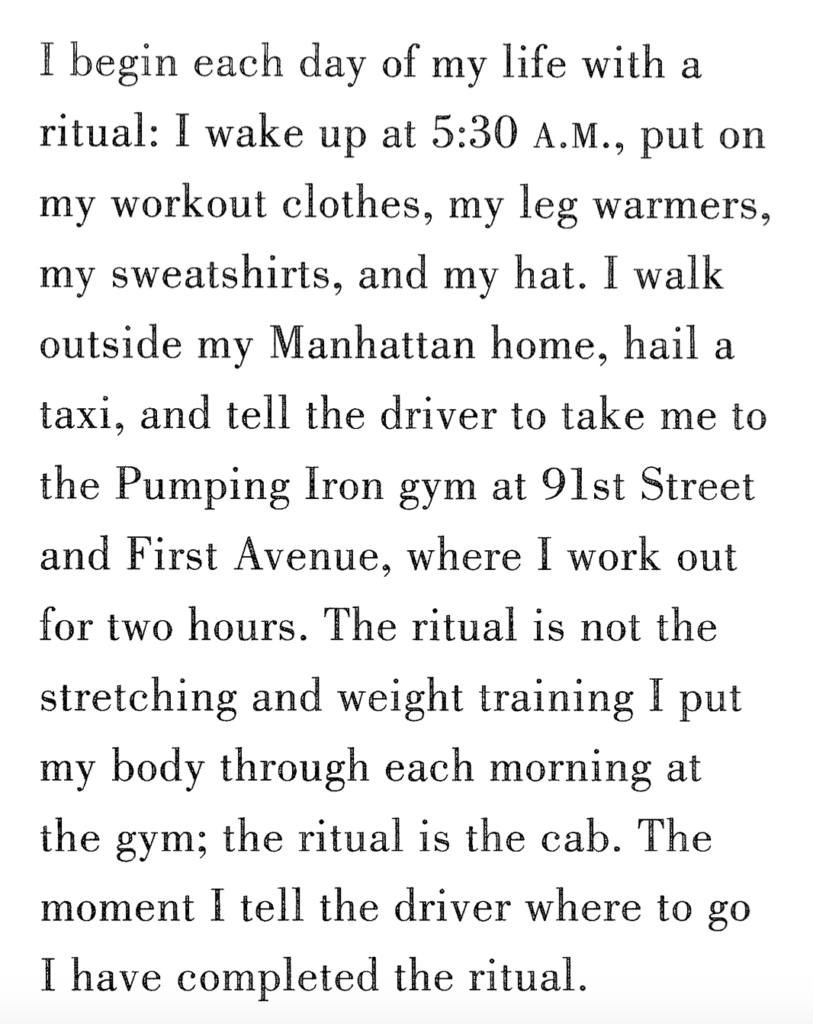Context creation can operate like the creative equivalent of Universal Basic Income. I want to make sure people’s obvious and immediate needs are met so they can tap into what they already know, but have been too stressed, distracted, and scared to access.
Started down this rabbit hole after getting hung up on the phrase “thought of everything,” which is one of those sneaky compliments that can point simultaneously to expressions of tenderness and anxiety. If I’m obsessed with preparing for every eventuality, where’s the room for surprise? For delight? For exchange?
(My word for 2022 is Return, and one of the meanings that I enjoy in it is the aspect of returning a serve, as in a game, as in conversation, as in play.)
It can be a strength. Someone who thinks of everything is likely good at logistics-heavy things like Kickstarter and self-publishing (hello), willing to go the extra mile to ensure that a project meets certain stringent standards (like accessibility), and concerned about the minutiae of how things feel.
This crops up any time I unbox an Apple product. Something as small as how the cellophane unfolds from the device (smoothly, beckoningly) has a huge impact on my experience of receiving it. Someone went to extraordinary lengths to ensure that the box would be easy to open, that that textures would be pleasing, that the shapes would nest within each other just so.
This is a very capitalistic example, so it makes me uncomfortable to sing its praises, but the meta-experience is still there. What would it be like to have the resources to devote that much energy to how someone feels just upon opening the packaging of a book I’ve sent them?
It’s stuff like this that had me schlepping out to an industrial paper firm back in 2020, staggering away with armloads of samples, printing prototype decks in my living room, fondling card after card and wondering “woodgrain or linen? 200lb or 300lb? Ecru or Natural?” as if there’s a single right choice.
There isn’t.
There’s the trap.
When Twyla Tharp asks workshop participants to come up with 60 uses for a stool, she notices a consistent pattern:
“[…] the first third of the ideas are obvious; the second third are more interesting; the final third show flair, insight, curiosity, even complexity, as later thinking builds on earlier thinking.”
There’s a version of context creation that suggests (maybe even only subconsciously) there is “a right way” to participate. I think it’s the version that relies too much on the anxious side of the “thinking of everything” coin. Tenderness in extremis is anxiety.
I need to provide the context that keeps people on the stool after they’ve exhausted the obvious possibilities, because with that context comes freedom to explore.
At Wayward, we weren’t told what to make. In fact, we were encouraged to approach the week as a period of time during which we didn’t have to make anything. But we were fed, there was a loose schedule, there were comfortable things to nap on. We were held. And within that container—that tender context—things I didn’t even know I had in me emerged. Seemingly without effort.
I want that, and it shows up once I know when to stop trying to think of everything.
